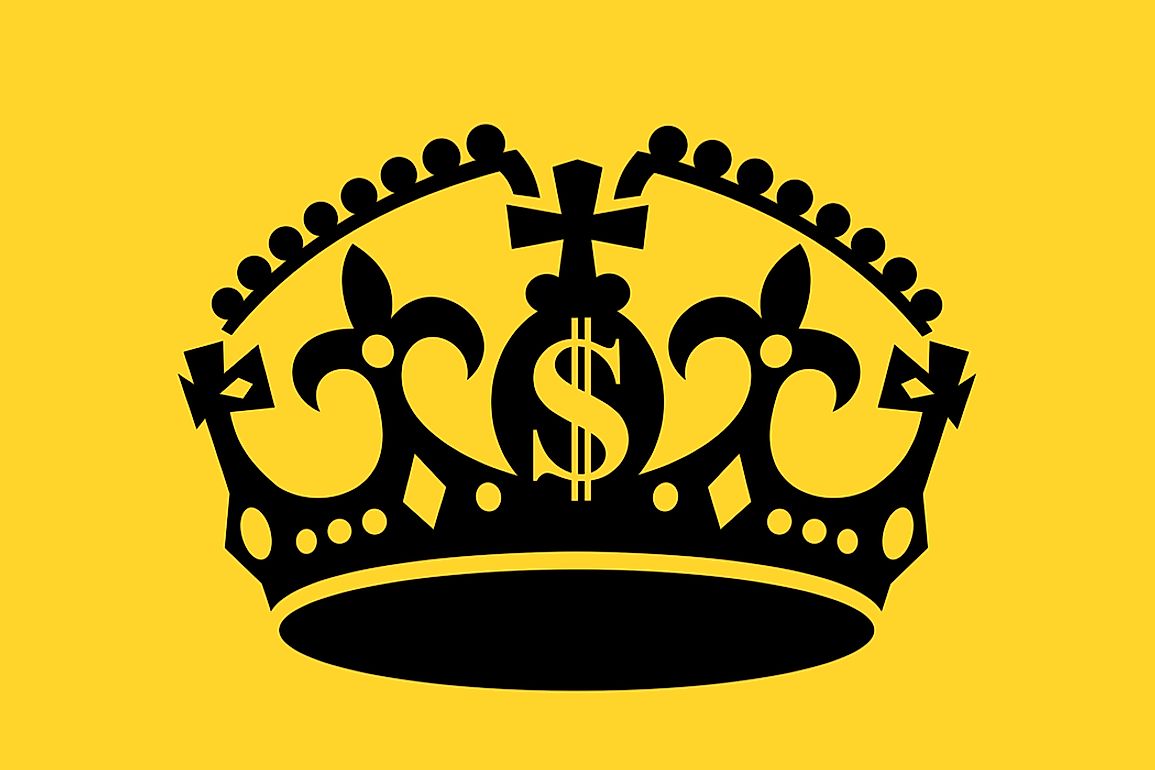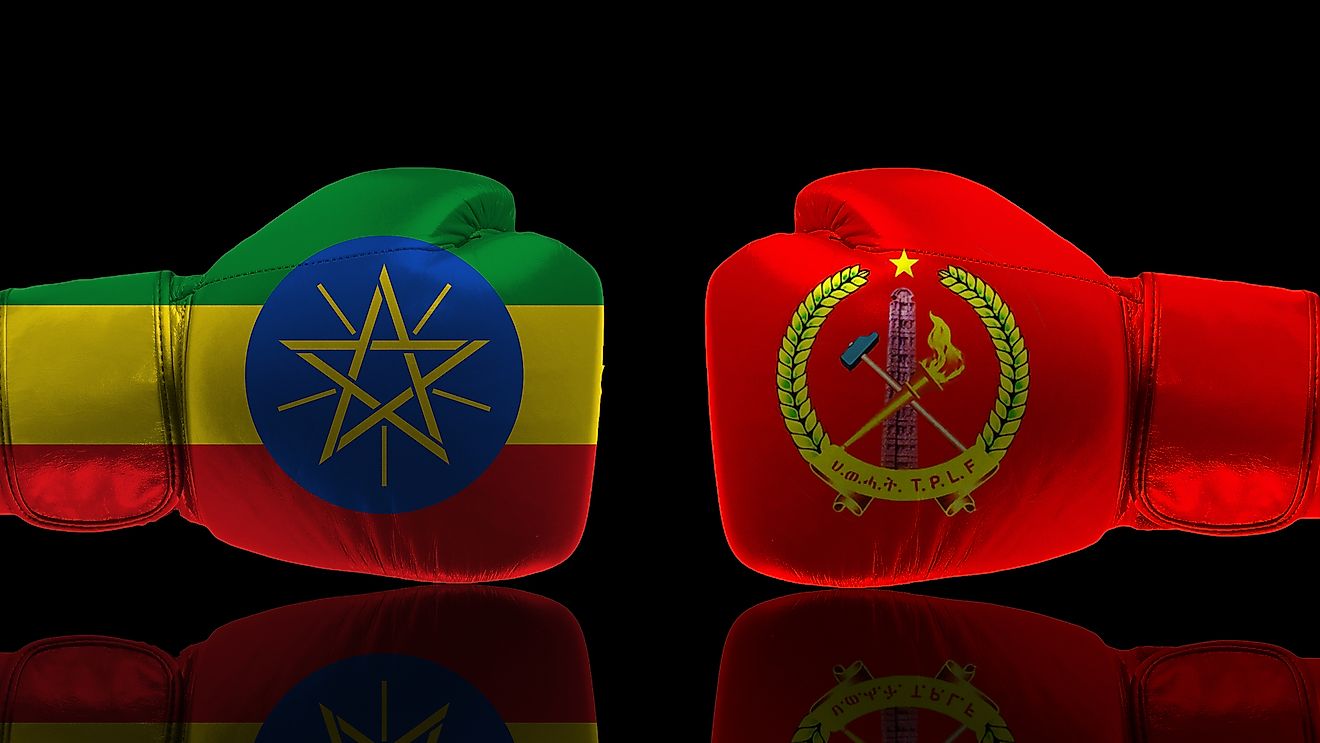12 Forms Of Government by Oligarchic Attributes

What Is an Oligarchy?
An oligarchy is a form of governance in which administrative power is vested in a select few people. The class of people in power is distinguished by wealth, family ties, nobility, military or religious control. The control of oligarchic states is passed from one generation to the other, although inheritance of the family wealth is not a necessary condition. The majority of oligarchies are known to be tyrannical, relying on the submission and obedience of the public. Oppression is used to subdue those who rise against the state.
History of Oligarchy
The term “oligarchy” was pioneered by Aristotle to refer to the rule of the rich. Today the system is better known as plutocracy. A majority of today’s de jure democratic governments are de facto oligarchies since they are ruled by a small group of people from powerful and influential families who have shared interests. Many political theorists believe that modern-day oligarchies might be mistaken for democracy because despite elections, power is still held within the hands a of select few. In fourth century BCE, Athenians revolted against the oligarchical government and restored democracy by selecting government officers from large groups of adult volunteers. The Athenians even drew judges and jurors from the public and vested them with the power to ensure justice and overrule the Assembly.
Forms of Government by Oligarchic Attributes
Oligarchy exists in different forms such as aristocracy, plutocracy, kratocracy, stratocracy, timocracy, meritocracy, technocrachy, geniocracy, noocracy, theocracy, kritarchy and patricracy.
1. Aristocracy
Aristocracy is a system of governance in which power is vested in a few individuals considered the ruling class. Aristocracy evolved in Ancient Greece where a council of noble people was chosen as part of the Senate. The members of the council were from wealthy families, military generals, influential businessmen and large landowners.
2. Plutocracy
Plutocracy or plutarchy is a form of oligarchy in which society is ruled and controlled by a few wealthy citizens. Plutocracy advocates for the control of the society by the wealthy at the expense of democracy and equality. Ancient plutocracies include the Roman Empire and the Italian cities of Venice, Genoa, and Florence. Former U.S president Jimmy Carter and Noam Chomsky once described the United States as a democratic plutocracy.
3. Kratocracy
Kratocracy is a system of governance in which those who are strong enough to seize power take over the state activities through coercion, deception, and persuasion. Kratocracy is no longer a viable form of governance in modern societies due to the popularity of democracy. The ideology advocates for the leadership of the strong over the weak.
4. Stratocracy
Stratocracy refers to a system of governance that is under military control. The military chiefs assume the control of the state, although they do not impose rules on the citizens. Stratocracy is different from military junta or military dictatorship where the military imposes laws in disregard of the constitution. In stratocratic states, the government and the military are constitutionally the same entity. The military’s state role is supported by the constitution and the citizenry. From 1997 to 2011, Myanmar was a stratocratic state.
5. Timocracy
Timocracy refers to a governance system in which only property owners can participate in government and state activities. In extreme timocracies, the wealthy take total control of the government in disregard for civic and social responsibility. A timocracy turn into a plutocracy when the wealthy gain control of the means of production. According to Socrates, timocracy is a government run by individuals who love honor and are allocated state responsibilities according on the degree of honor they command in the society.
6. Meritocracy
In contrast, a meritocracy is a system of governance where particular sectors of the economy are left to the experts in the sector. The political philosophy is based on the ideology that people are more productive if they engage in what they like and possess knowledge about. State leadership is left to people who exel in their field.
7. Technocracy
Technocracy shares a close resemblance to meritocracy. The decision-makers are selected because of the expertise in the area. The responsibilities in the area are left to the experts. Unlike meritocracy, a technocracy can be practiced with other forms of governance such as a democracy. The elected representatives formulate laws which are then passed to experts in the respective fields for analysis before becoming laws.
8. Geniocracy
Geniocracy is a system of governance proposed in 1977 by the leader of the International Raëlian Movement. It advocates for creative problem solving, intelligence and compassion in running the government. Geniocracy considers intelligence a crucial part of governance and suggest that only knowledgeable people should be involved in running the government.
9. Noocracy
On the other hand, noocracy is a system of governance in which wise people are left to run the government. Wise does not necessarily mean knowledgeable, but the ability to find viable solutions to problems.
10. Theocracy
Theocracy is a system of governance in which religious leaders hold the topmost office in the land. Examples of theocracies include the Vatican City, Iran, and Tibet.
11. Kritarchy
Kritarchy refers to a system of governance in which the governmental and the legal system are constitutionally intertwined. Judges and law enforcement lead the government.
12. Particracy
Particracy refers to a governance system in which the leading party in the country takes control of the government and the party leader is the president.











